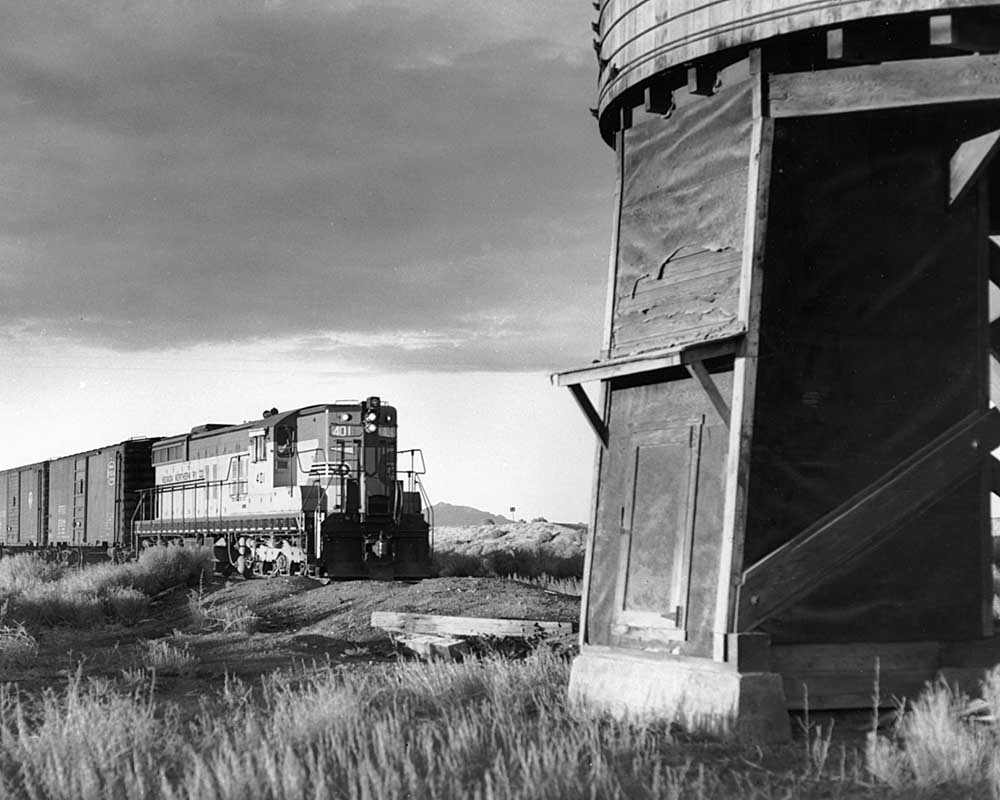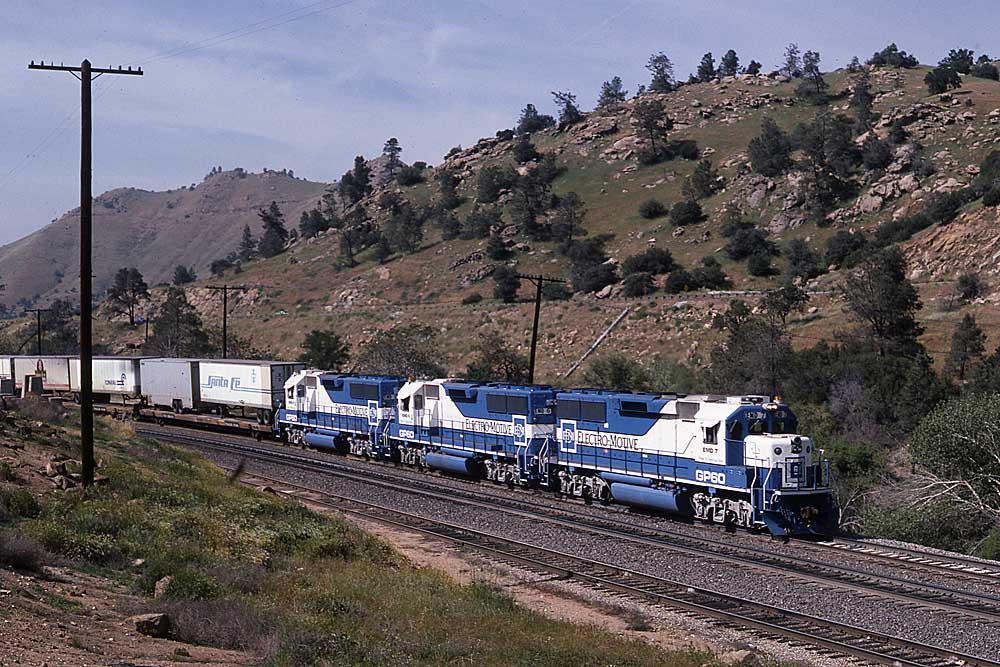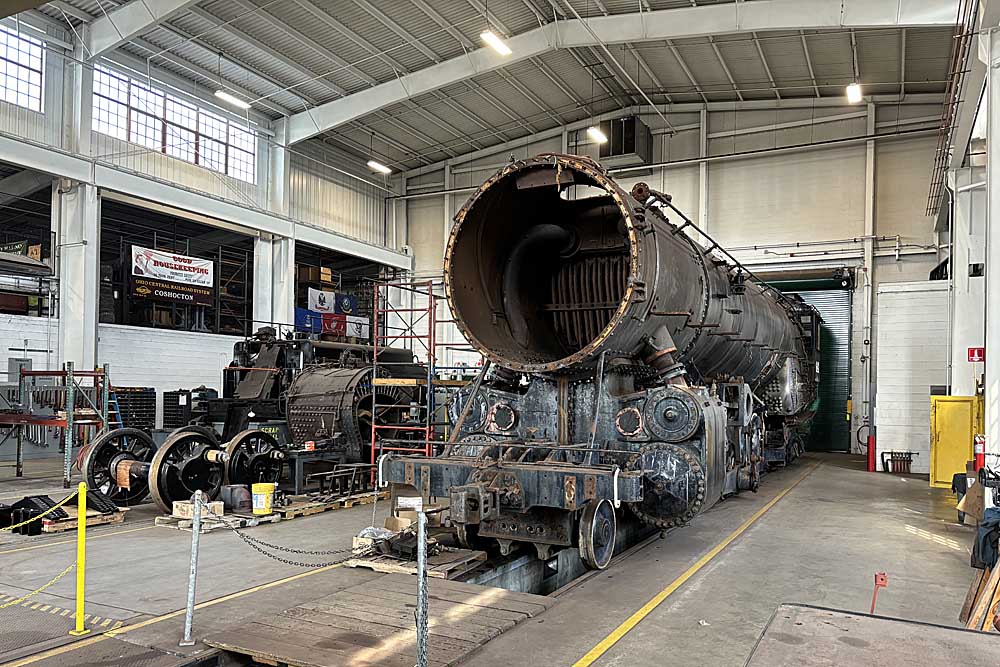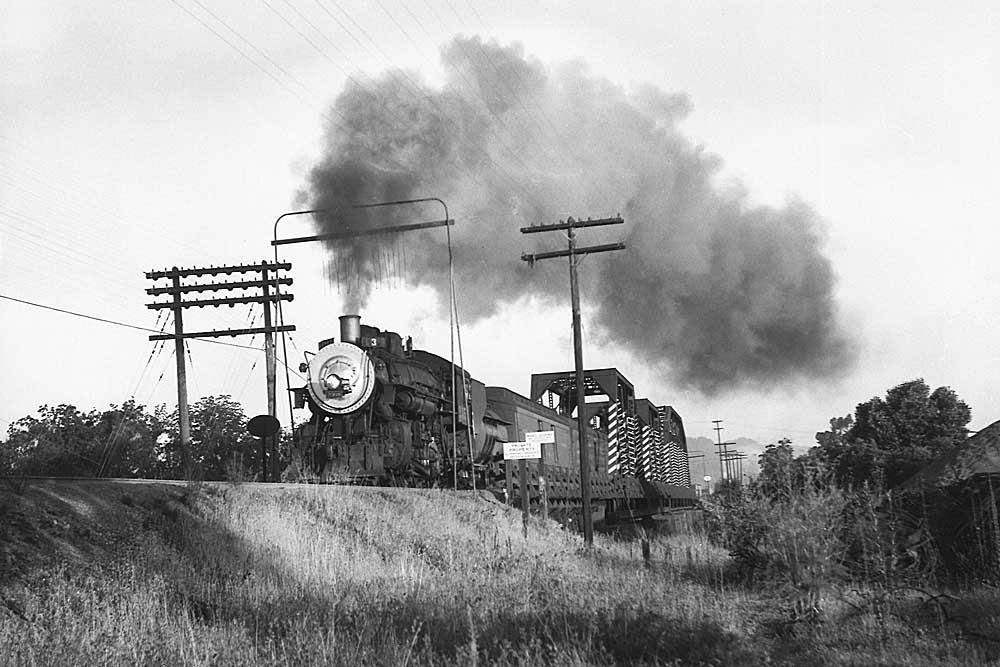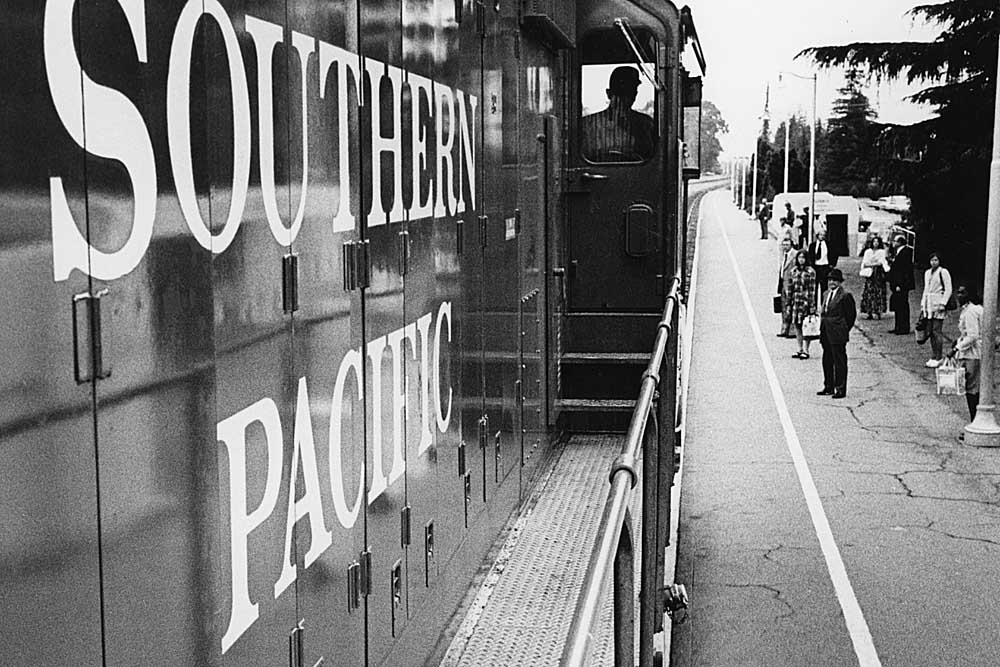
Of all the railroads that tried various gambits to get out of the passenger business in the 1960s, perhaps none attracted as much vitriol as Southern Pacific. Not that SP downgraded or got rid of the most trains — that honor probably goes to New York Central — but its 1966 substitution of an automat car for a diner on the railroad’s storied Sunset Limited was hugely symbolic and unusually cynical. It attracted widespread condemnation, none of which deterred SP President Ben Biaginni.
The New Orleans-Los Angeles Sunset, launched in 1894 as the “quickest, safest, and pleasantest route to the coast,” was a gem in the era of the great trains, never more so than when it was re-equipped in 1950 with five 15-car Budd trainsets, usually hauled by red-and-orange Alco PAs. In the annals of streamliners serving the Southwest, the Super Chief had a worthy rival.
But none of that mattered in the mid-1960s as SP in no particular order combined the train with partner Rock Island’s Golden State west of El Paso in 1964, slashed the schedule to triweekly, and introduced that ghastly automat car (which, come to think of it, was a harbinger of sorts for Amtrak food).
After Amtrak came along in 1971 to relieve SP and most of the other railroads of their passenger burdens, you might have concluded SP was done attracting crazy headlines. But you would have been wrong.
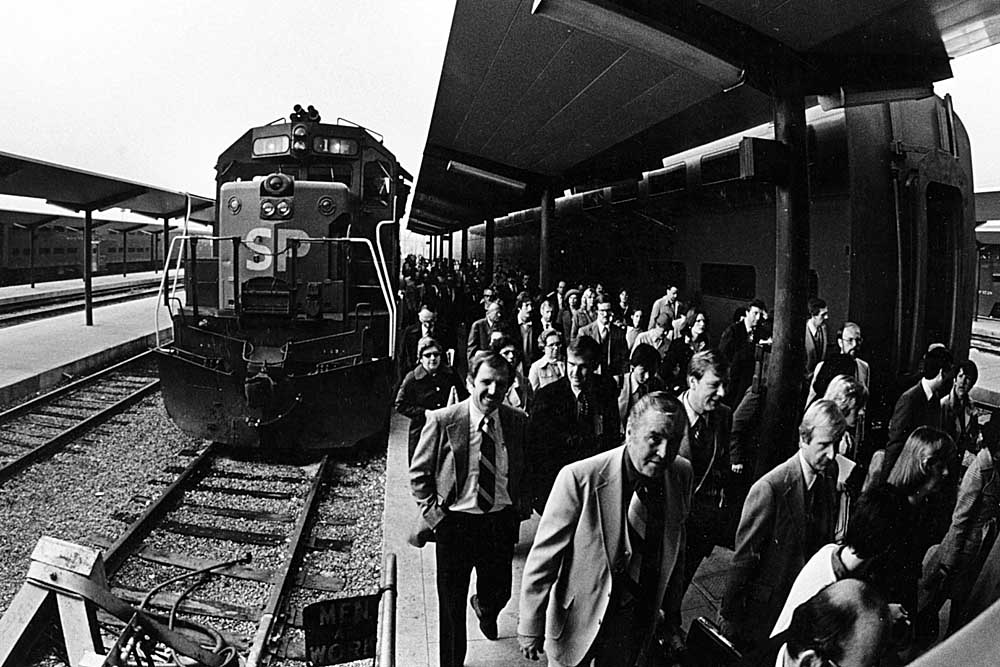
Fast-forward to the year 1976, when SP still was hauling approximately 8,000 passengers a day in its commute service (yes, in SP parlance, it’s “commute”) between San Jose and San Francisco, an approximately 50-mile route that basically brought bedroom-community riders into “The City” in the morning and back again in the evening. The railroad’s celebrated fleet of Fairbanks-Morse Train Master diesels had been retired by this point, but SP still ran a fairly smart service, replacing the old FMs with GP40-2s and deploying a mix of old 1920s Suburban coaches and new bilevels. All at a loss to the railroad estimated at $5 million per year.
That’s when SP management came up with something novel. Fed up with the cost of hauling a comparatively small number of well-heeled commuters each day, SP offered to buy — get this — 1,000 eight-passenger carpool vans for everyone taking the train. In effect, the railroad would free up its main line and dump all the passengers onto U.S. 101, the Bayshore Freeway. One of SP’s arguments was that all those commutes were getting in the way of its San Francisco freight trains. Today, that freight business is largely gone.
Old Southern Pacific hands probably remember this weird little chapter in the railroad’s history, but it was news to me when my friend Kevin McKinney, founder of Passenger Train Journal, recently passed along an old clip from the one of the nation’s top business magazines.
As the Nov. 22, 1976, issue of Business Week reported, SP said it would start “buying and giving away the vans, estimated to cost $6,000 each, but only if enough commuters are willing to make the switch from rail to highway to enable SP to file to discontinue train service.”
The magazine saw the confrontation in historical terms. “The fight, which may be the last of its kind in history, is nevertheless a classic. The management of the SP does not see why its stockholders should be obliged to sustain a loss that now stands at $5 million annually and is growing every year to operate a passenger service used by a tiny fraction of the population, a fraction that is also generally the most affluent in the territory.”
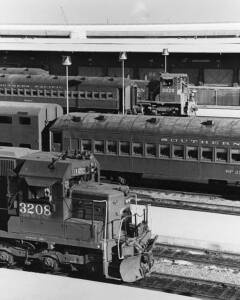
You might be asking why SP didn’t simply seek a subsidy for the commute service, an idea that was catching on elsewhere in the country. But that’s not where management’s head was at, not yet anyway, as Vice President Alan DeMoss made clear to Business Week. “If the public is going to subsidize it, the public must own it,” said DeMoss. “If the public insists on playing choo-choo, it can buy part of our right of way and get out of our way.” So there!
In the end, SP’s van ploy fizzled, despite an ad campaign that showed glowing, happy commuters climbing out of their crowded little vehicle. The railroad finally succumbed to what was the only practical solution and agreed in 1980 to begin accepting a subsidy from the California Department of Transportation, or Caltrans. This led ultimately to the 1991 acquisition of the railroad by the Peninsula Corridor Joint Powers Board and establishment of what we now know as Caltrain, as the commute service is branded.
Caltrain has grown far beyond the “burden” SP shouldered in the late 1970s. Rather than carrying a measly 8,000 people daily, today’s Caltrain managed to achieve daily pre-pandemic passenger counts of 65,000 — plus 5,500 bicycles. Weekday train service jumped from 44 in SP days to 92, with several trains operating beyond San Jose to Gilroy. And despite various hiccups, Caltrain is steadily working toward completion of a historic electrification.
McKinney has this take on what, from a 45-year vantage point, looks like a desperate move by a company hell-bent on getting out of running passenger trains: “What could have been an unwanted operation slowly fading into obscurity is today a modernized, thriving, and essential service. If only the same level of support and attention had been applied to the North Shore Line, Pacific Electric, and other services years ago instead of allowing them to expire.”
Amen, Kevin. Meanwhile, I give SP props for imagination if nothing else. The offer to buy thousands of Dodge or Ford or Chevy vans was as novel as it was clearly a stunt. And it ended up where it belonged: merely a footnote.






